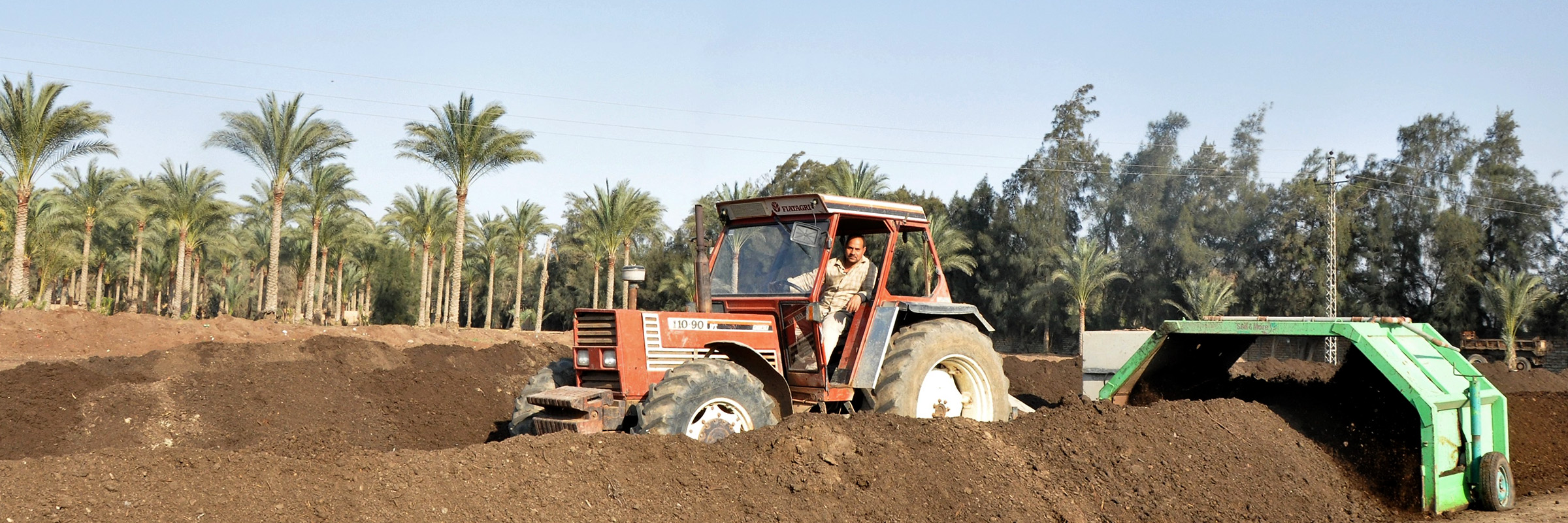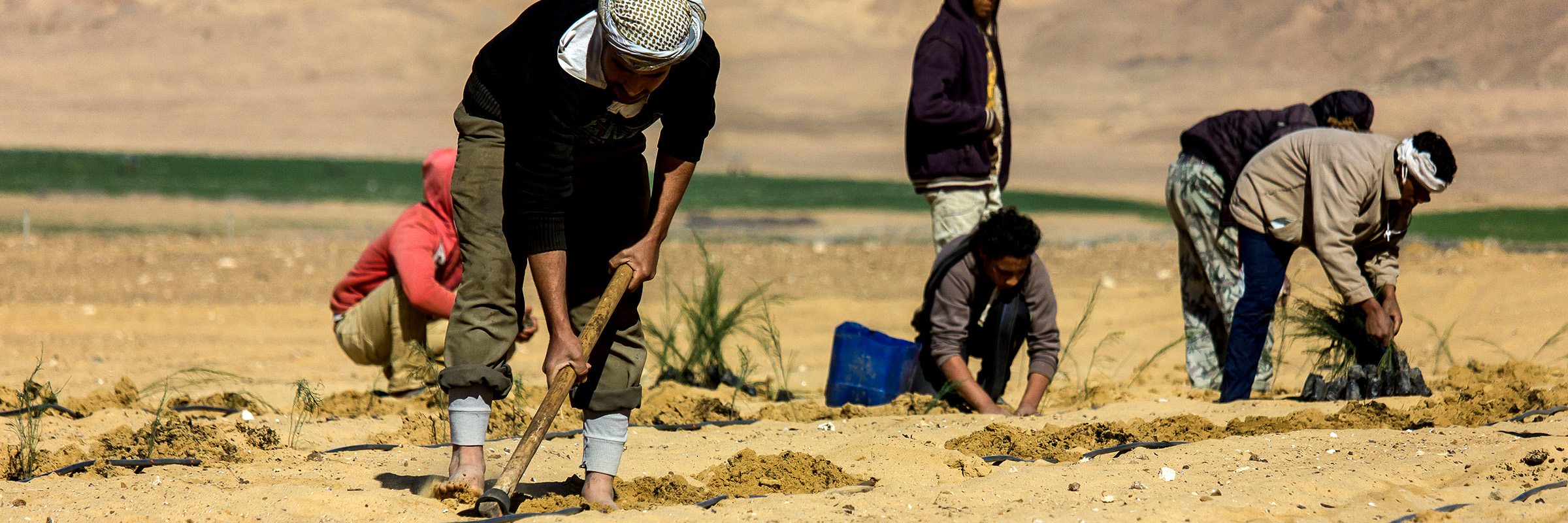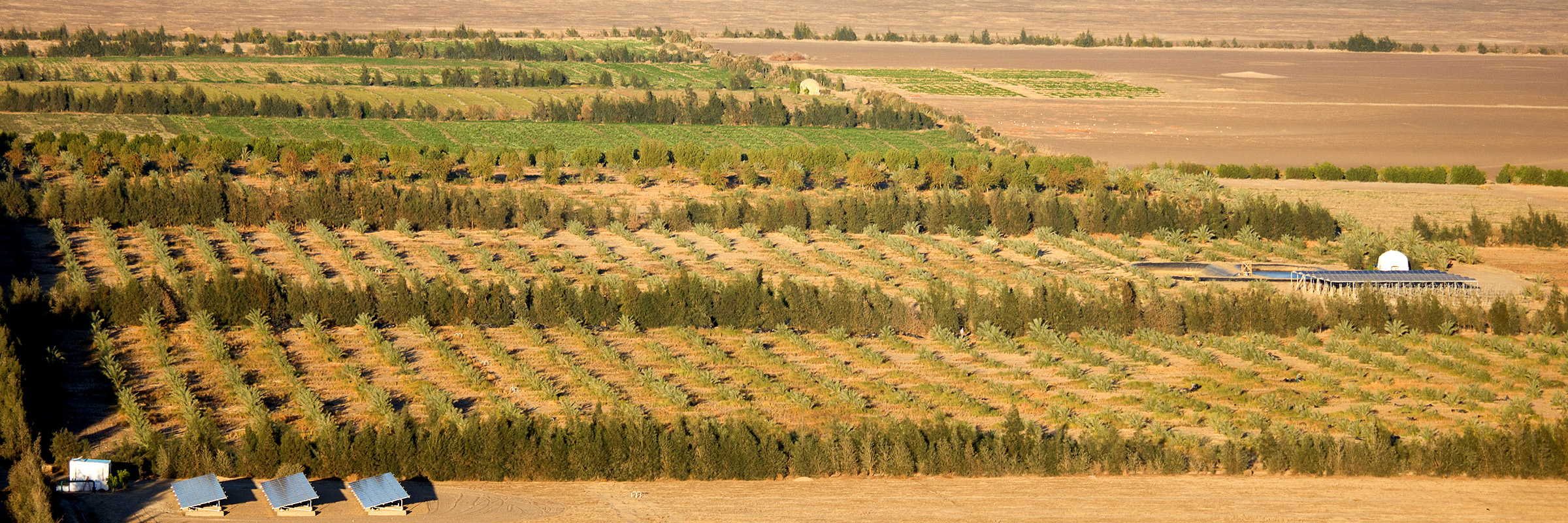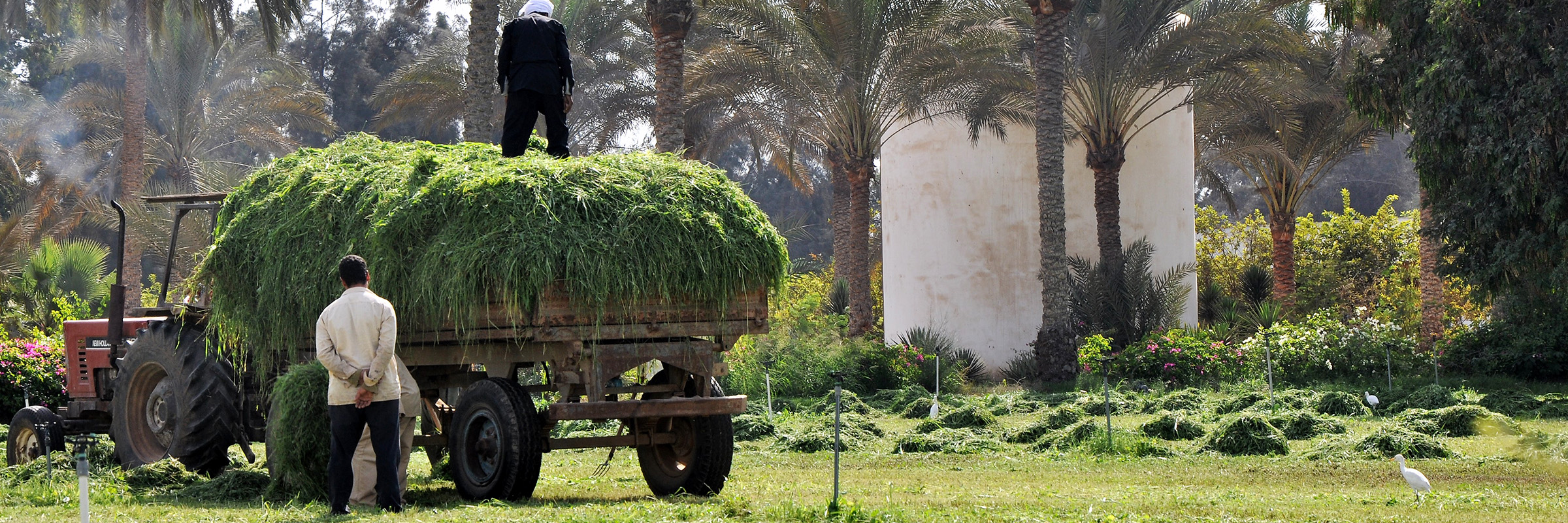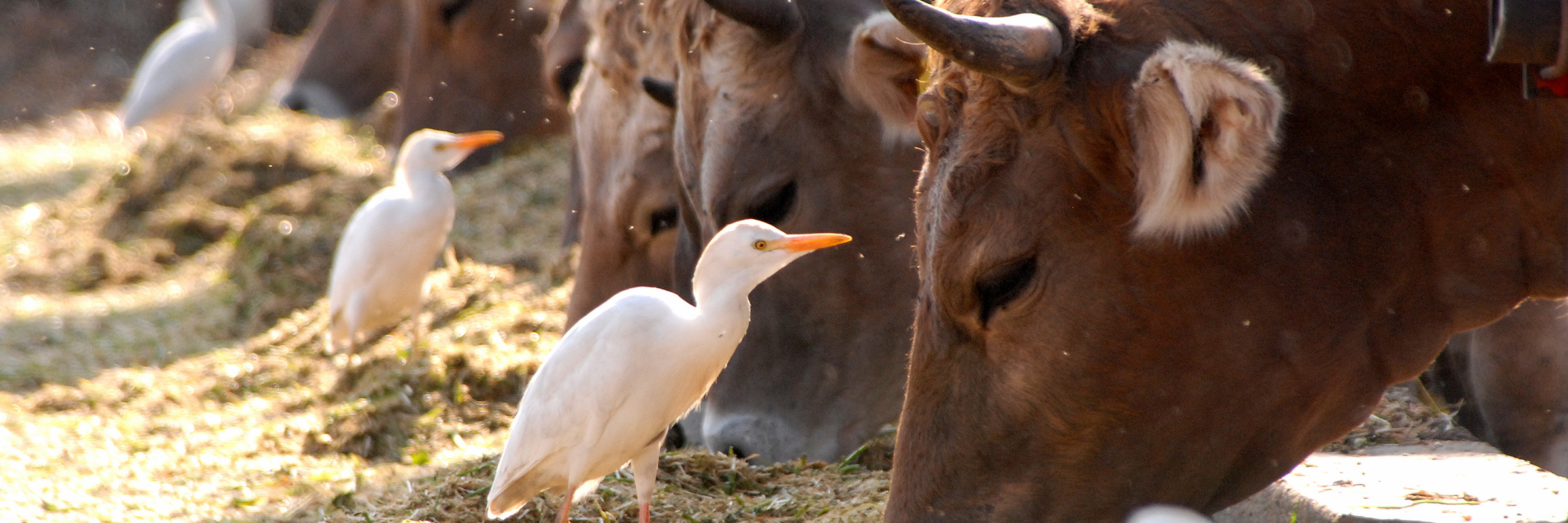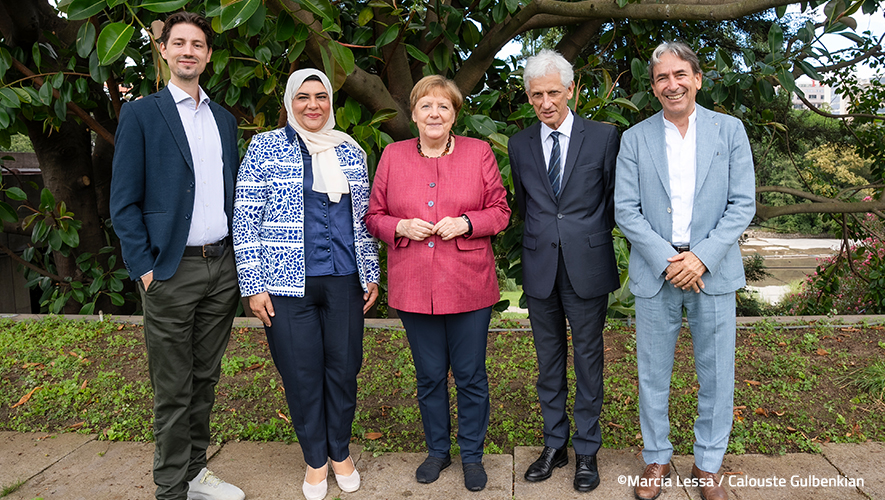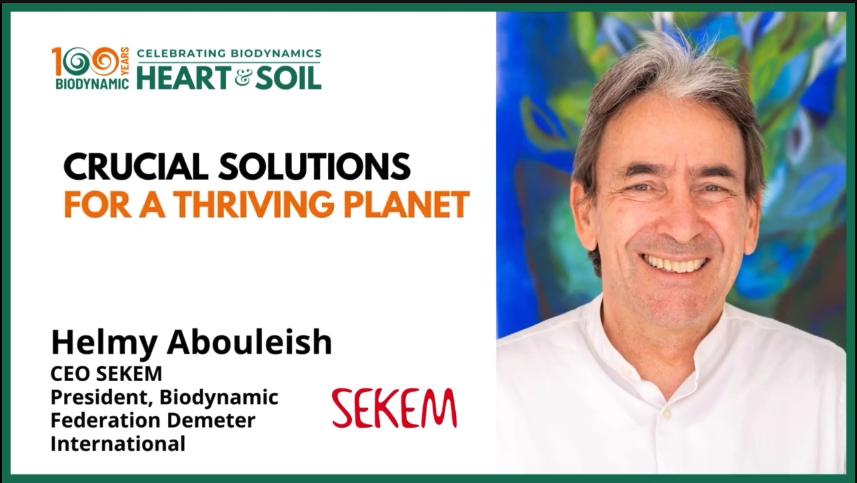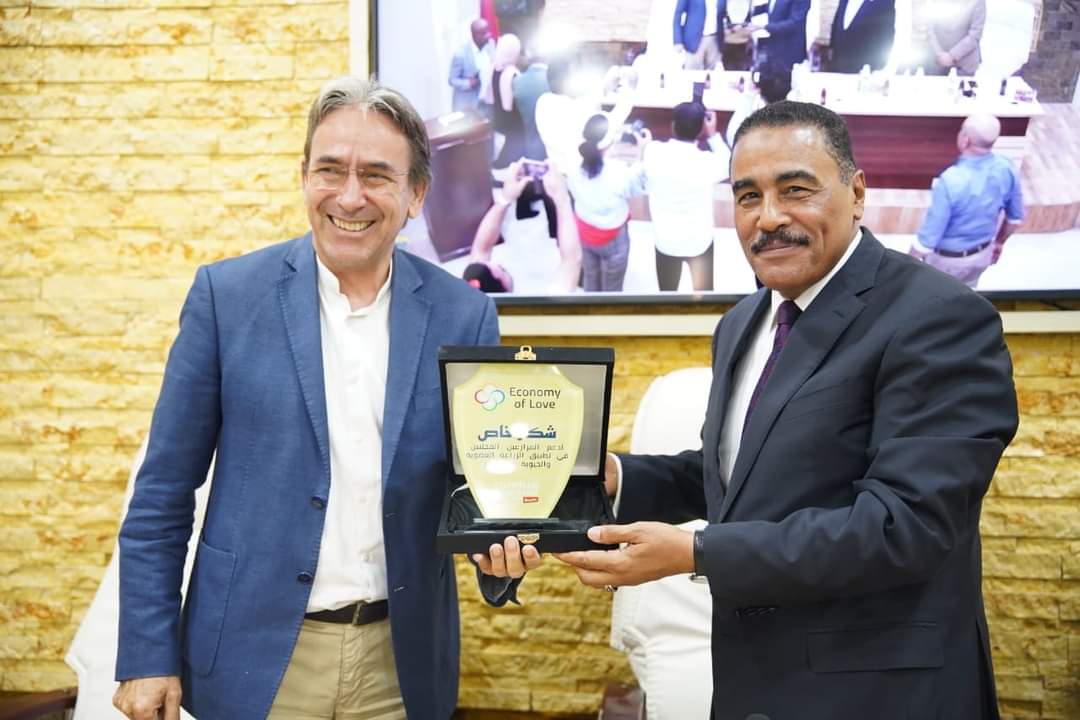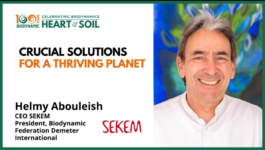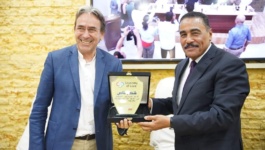SEKEM Agriculture | 100% Organic | Soil & Plants | Air & Water | Animals | Energy
100% Organic Food for Everybody
The introduction of new technologies in the conventional agricultural sector has led to tremendous growth. But the related cost of such growth, though sometimes hidden, is significant. Prominent effects of intensive agriculture are top soil depletion, groundwater pollution and scarcity, increasing cost of production and socio-economic instability.
Organic Agriculture Requires Less Resources
Organic agriculture has recently gained importance, because under the current situation, soil organic matter (SOM) plays a key role in sustainable agriculture in terms of ecology and farm economics. Egypt’s agriculture is highly determined through climate change and water availability. The Nile valley and delta is the area where intensive use of agriculture land has taken place for many years but in the last 20 years the Egyptian government has heavily promoted the expansion of agricultural land into the “Newlands” located in the desert. Land reclamation of areas is still to be continued. There are mainly seven strategic important crops in Egypt’s agricultural sector: cotton, maize, potatoes, rice, sugarbeet, sugarcane and wheat. A decline in soil fertility and yield have increased especially in intensive agriculture but has not decreased the socio-economic instability. However, an increased burden of subsidies on the Egyptian government has indeed negatively affected Egypt´s economic potential.
No Subsidies, but Improving the Soil
On the other hand, organic agriculture as an alternative farming system is rising in Egyptian agriculture. The agricultural inputs in organic farming systems are not subsidized, but they improve the soil structure, maintained water quality, increase soil organic matter, increase biodiversity and yields, while decreasing the total cost to produce one tonne of any crop.
The Egyptian agriculture, in the future, will also face impacts related to climate change such as rising sea levels, higher temperatures, a decrease in arable land and more water requirements to produce crops. Egypt is a unique country, as almost 95% of the water comes from outside the country, climate change also affecting other countries has a strong possibility of affecting the water availability in Egypt.
The Future of Agriculture in Egypt
Organic farming has proven to be remarkably effective in reversing the negative impact of agriculture on the environment; however, it has not found wider application in total national food production, due to being associated with higher costs. The aim of the study “The Future of Agriculture in Egypt” is to conduct a cost comparison between organic and conventional agriculture in Egypt, by using the “Full Cost Accounting” methodology. Full cost accounting measures and values in monetary terms the external costs of environmental impacts of food wastage. The research concludes that although organic agriculture has a slightly higher direct input cost of production, it enables a reduction of the environmental and health damage costs, and therefore, results in better cost effectiveness and profitability in the long term for society as a whole.
How to Feed the World?
In 2050, mankind will have to produce enough food for nine billion people. The availability of, the access to, and the affordability of, sufficient nutrients are the defining criteria of food security that have to be taken into consideration when choosing the farming system of tomorrow:
Availability: Contradicting the long-established belief that external inputs such as chemical fertilizers are necessary in order to substantially increase food production, an increasing number of scientists, policy panels, and experts, such as Olivier de Schutter, the United Nations’ Special Rapporteur on the Right to Food, are now claiming that resource-conserving, low external input techniques have a proven potential to significantly improve yields. In traditional farming systems in developing countries, and in regions where soils are degraded, yields can be increased up to 200%.
Find the complete text in “Farming for the future” by Helmy Abouleish; Article published in the UNIDO magazine “Making It – Industry for Development”, 2nd quarter 2011.
We Say No to GMO
Broadly speaking, today there are three different classes of genetically modified organisms (GMO), of which two are already commercialized.
– GMO for herbicide tolerance:
This class represents the largest trait in genetic engineering (GE). The plant is made resistant against a certain non-selective herbicide, either by adding or switching a certain gene. The plant’s resistance allows for the usage of this herbicide on the field. Two famous examples are RoundupReady® (active ingredient glyphosate) from Monsanto and LibertyLink® (active ingredient glufosinate) from Bayer.
– GMO for insect resistance:
In this second major class of GMO, genes are transferred to the plants to make them produce toxins against certain insects. These toxins mostly come from soil bacteria (e.g. Bacillus thuringiensis) and are thus natural products which are already used in nature’s pest management. Today, these traits are especially common in maize and cotton. However, a downside is that the toxins also kill beneficial insects.
– GMO for the production of chemicals:
Although not commercialized, various companies try to develop plants through GE that can produce chemical substances for industry and medicine.
Read more about the uncontrollable conesequences of GMO

